Other than the vastness and open space, driving in Namibia and road tripping, is part of the appeal for me visiting the country. Namibia is one of my favourite self-drive destinations. I visited Namibia a few times and enjoy the long open road and change of scenery as you drive from one part the country to the next.
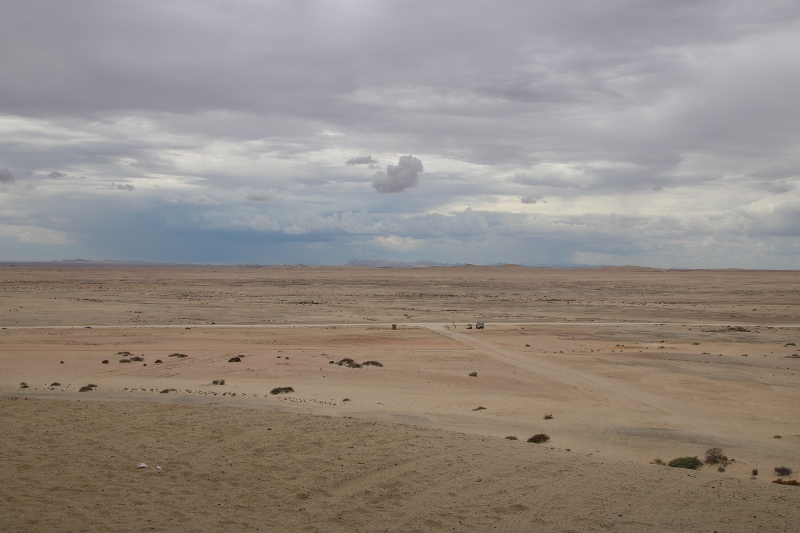
General rules for driving in Namibia:
They drive on the left side of the road. The speed limit is 120km/hr on tarred roads and 100km/hr on gravel roads. The main roads are a mixture of tar and gravel. Roads are graded starting from B being the best, to D which are dirt roads. B are the national roads of Namibia and are generally tarred roads. C or D roads are the secondary roads, and these are gravel/dirt roads.
Long distant driving in Namibia, Gravel roads:
It was my first time driving on a long distant gravel/dirt road and the car handles completely different on these roads. There were times I was driving 100km/hr and I felt like I was driving in a rally, as the vehicle swayed across the gravel road. Even though I was sticking too the speed limit, it was clearly too fast. I soon got used to the gravel road and my driving improved as I went. My tip would be to take it slow, get to know how the vehicle handles the road and not break in corners if it is your first time driving on gravel.
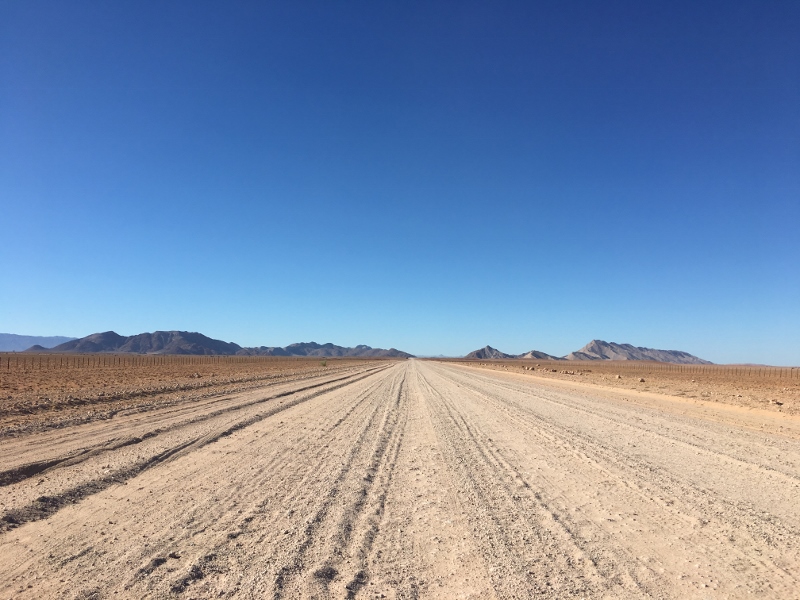
What to look out for when driving in Namibia:
Undulations, potholes, ditches and river beds which can become flooded in rainy seasons, are things you need to look out for. There are times when large rocks sit just below the gravel surface. Hitting them at high speed could cause quite a bit of damage to your vehicle. There have been fatalities in the past on the road to Sossusvlei, so take breaks and be safe when driving. After driving a fair distance, I found that driving at about 80km/hr, I was handling the 4 wheel drive better on these gravel roads.
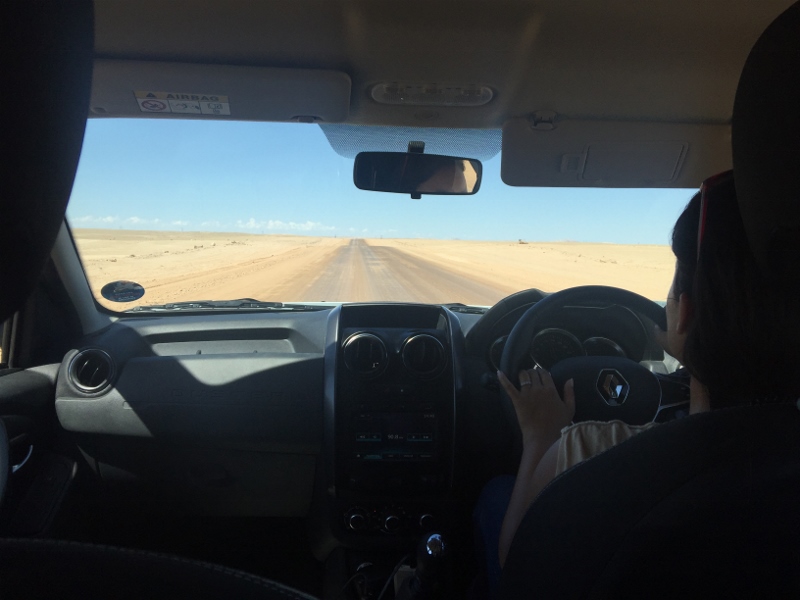
Maps:
The routes are straight forward and most of the time you will find yourself driving on one road for a long time. We downloaded offline maps for emergencies, but only used it once to check the location of our accommodation. (We arrived at night due due to the long drive there.)
Driving at night:
Driving at night on gravel roads in remote areas such as close to Sossusvlei, is discouraged but possible. There is no hard shoulder on the gravel road and there are not always fences between the farms/land and the road. More than often, wildlife wanders onto or run across the road, so you have to be alert, even when driving during the day. There are also no lights on the road due to it being so remote.
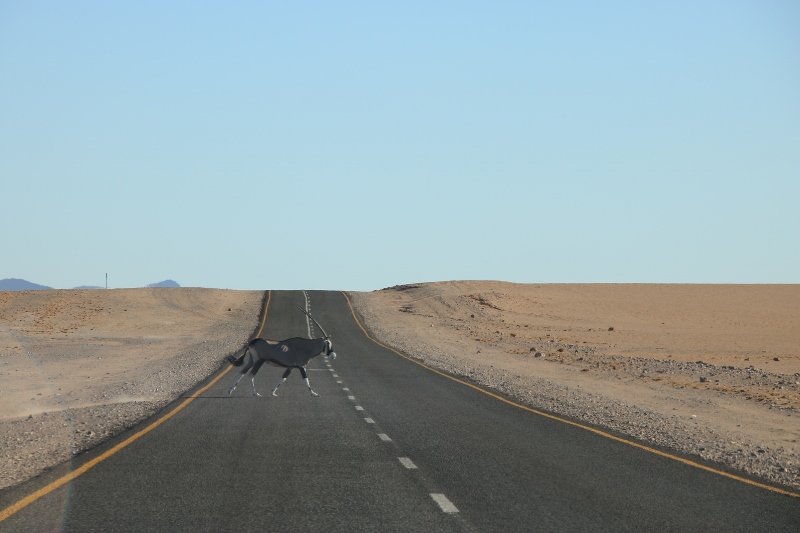
Tyres:
Always check the conditions of the vehicles tyres before you leave. To give you an indication of how harsh the gravel road can be, the side of the gravel road was littered with remnants of car tyres every few kilometres. We saw at least four different vehicles stopping to change tyres on our trip to and from Walvis Bay to Sossesvlei.
Spare tyre:
If you are renting a vehicle as we did, always ensure you have a full size spare tyre, as a ‘biscuit’ just won’t do it when you are stuck a few hours away from another town! When driving out to some of the more remote parks, so ensure you done all your safety checks before you drive. There were very few cars along route driving to the desert, so help will be a long way away if required! We found other drivers friendly and stopping to assist if it looked like someone needed assistance. Make sure you know how to change a tyre. I watched some YouTube videos to make sure I knew what to do in an emergency. We were fortunate not to have any burst tyres or other issues on this trip.
Things to see on route:
Ensure you have lots of time and take a leisurely drive if you are able to. Artistic houses, animals, trees, mountains and changing landscape can be seen when driving. I welcomed the more colourful landscape closer to Sossusvlei, as the landscape can be bland at times, but this is part of the experience of driving in Namibia.
The radio signal is non-existent in part of the desert, so ensure you have your playlist or downloaded music on hand. We had a good dose of rock music to keep us going on the long stretches of road with barren landscapes. There are areas where the landscape is dry and there is not much to see. Stopping to take photos en-route was fun.
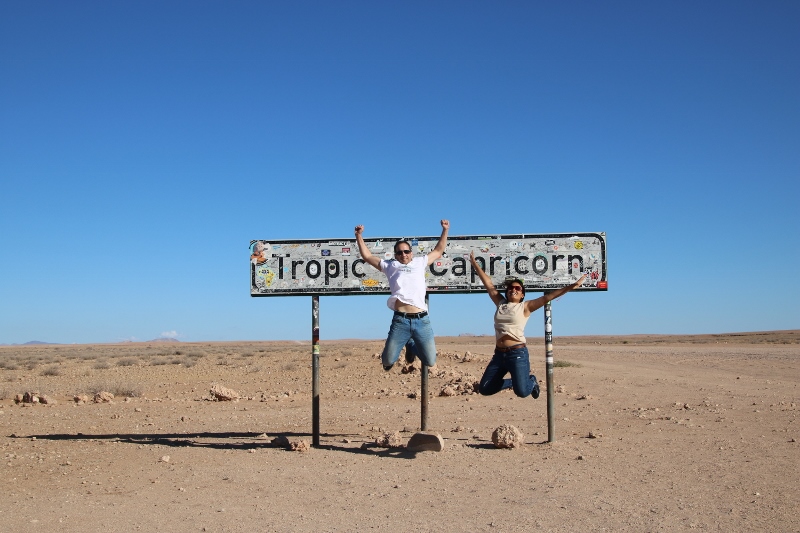

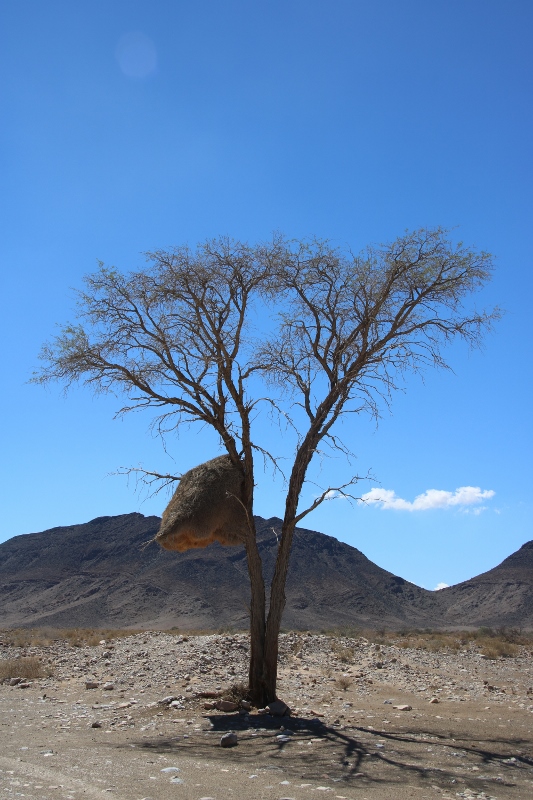
Solitaire:
Solitaire is a small settlement close to the Namib-Naukluft National park. This place is small but filled with character and makes a welcome stop in the desert. It consists of a petrol station, a general dealer shop, a bakery, shop and newly added overnight accommodation. It is mostly used as a stopover en-route to Sossusvlei, as towns are few and far in between and it is the only fuel station between Walvis Bay airport and Sossusvlei. Try some of the famous apple pie when you stop for fuel. Solitaire is known for its rusting American vintage cars dotted around. I am still wondering where this idea started and how the vehicles got there, but it is a hit with all the tourists!
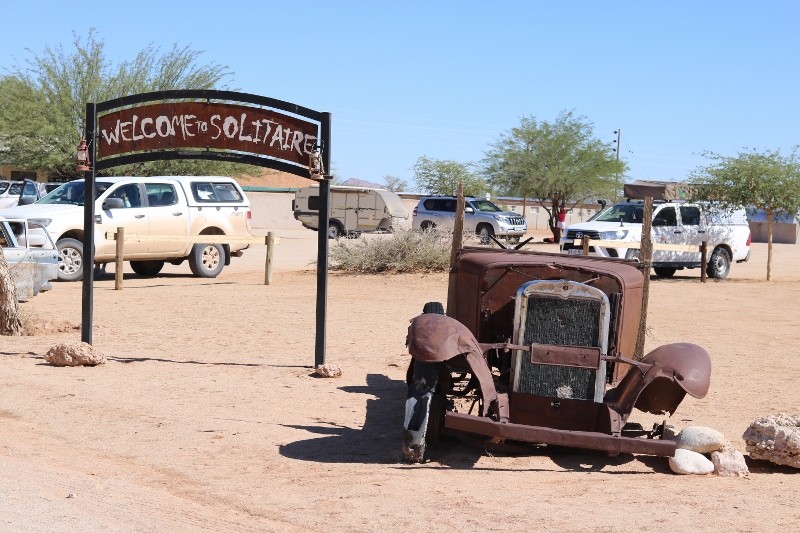
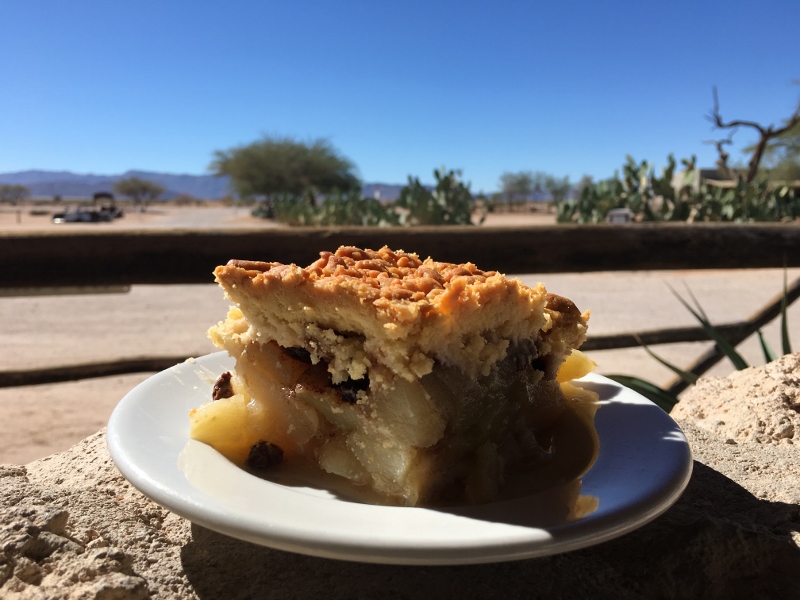
Northward bound:
Driving from Windhoek to Tsumeb was easier than driving south, as the road was tarred and in better condition. I drove this road with a normal sedan and smaller vehicles, without any issues. As with the trip to the desert, the towns are few and far in-between. The roads seems to stretch for miles and miles with unchanging muted toned landscapes, with an occasional wild animal spotted whilst driving. Two attractions I can recommend when you are in the Tsumeb area or passing through, is the largest meteorite found on earth, and Lake Otjikoto, a large circular sinkhole.
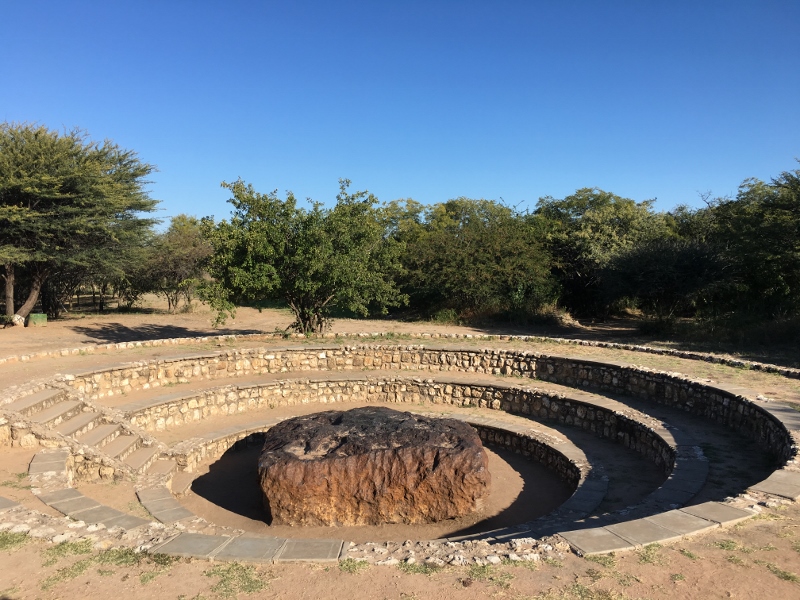
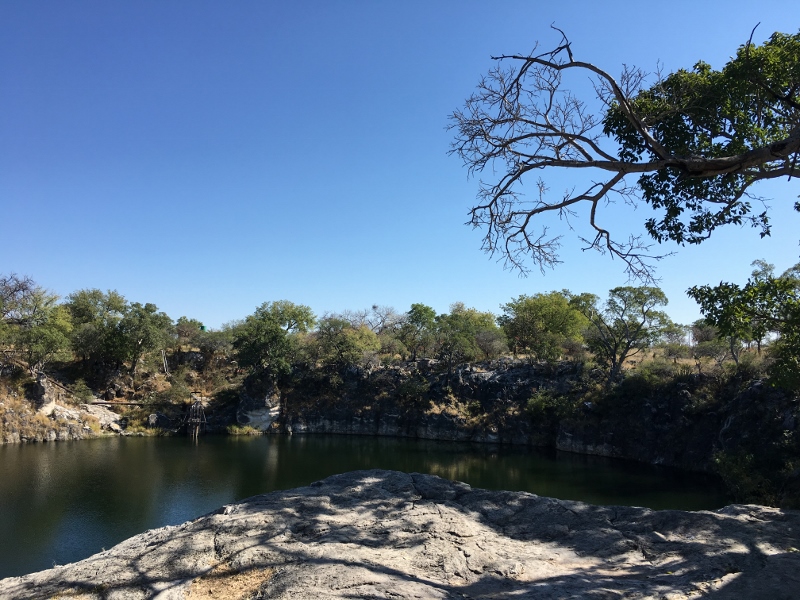
Hope you find this article useful and can use some of the tips when planning your road trip to Namibia. “Lifes a journey, not a destination”, enjoy the ride! Until next time my fellow travellers. Adventure awaits!
Kim

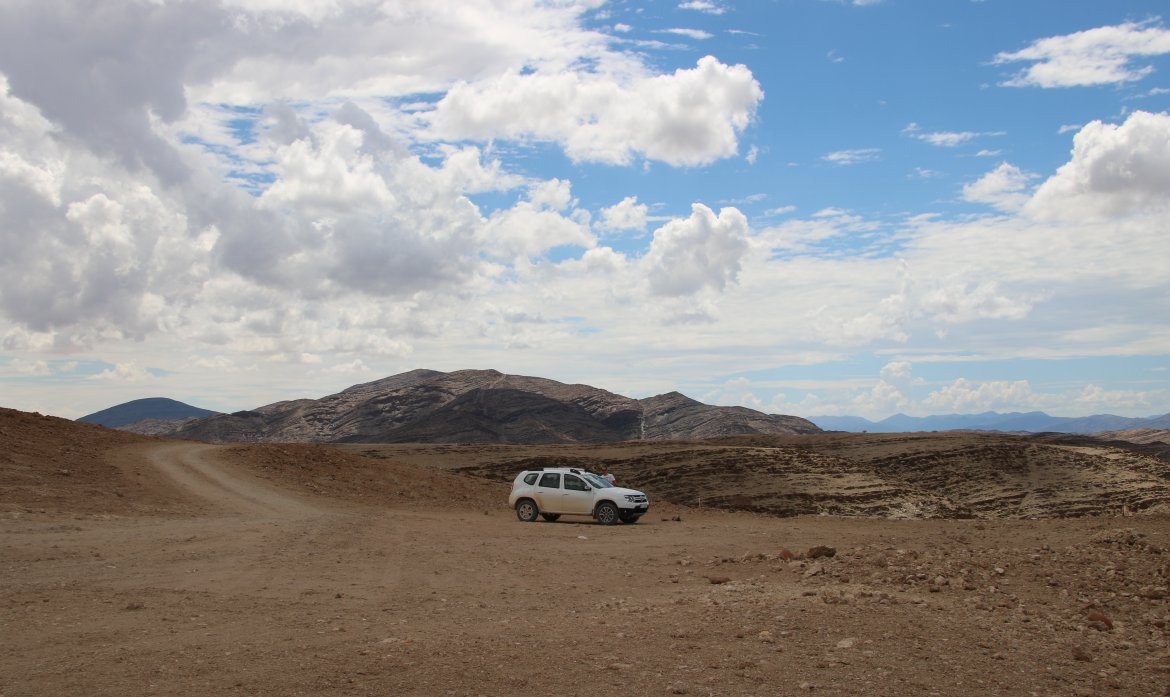
Great remarkable issues here. I?¦m very glad to see your post. Thanks a lot and i am having a look ahead to touch you. Will you please drop me a e-mail?
Thank you. Please use the contact me tab on my website if you would like to get in touch.
Regards
Kim